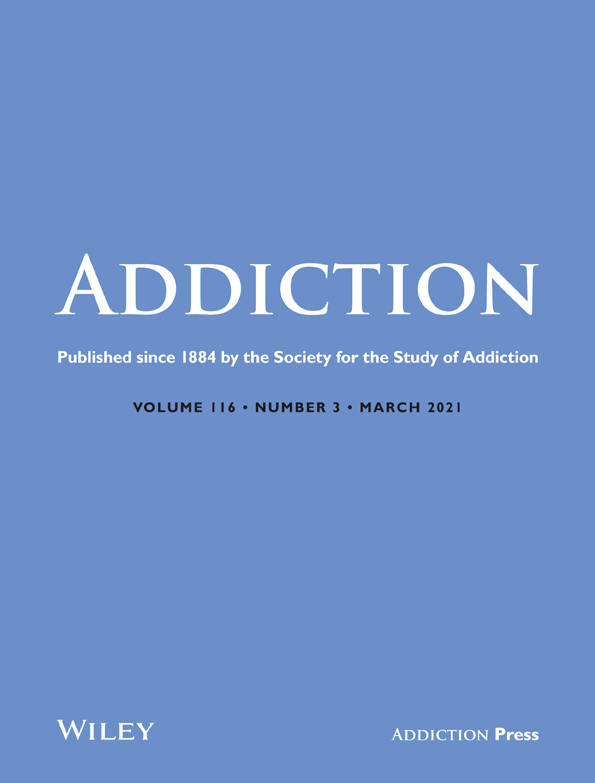Commentary on Paraje et al. : The untapped potential of price in preventing alcohol initiation
Evidence is emerging that price increases can delay alcohol initiation and prevent subsequent adolescent heavy episodic drinking. More research is needed to precisely understand beverage-specific price effects on initiation, as there appears to be considerable untapped potential for using alcohol taxation and pricing polices as an effective prevention strategy.
Country-level efforts to prevent underage drinking and harm should be re-ignited by Paraje et al.'s [1] findings that price increases can delay alcohol initiation and subsequent heavy episodic drinking (HED) in adolescence. While taxation and minimum legal purchase age laws are among of the most universally adopted alcohol control measures, their effective implementation is highly variable [2].
Influential vested interests have seen these control measures eroded over time in many countries, particularly in Chile, where excise taxes now represent a small and decreasing fraction of alcohol prices (especially compared to tobacco prices) [3]. Worryingly, Chilean youth on average report first consuming alcohol at approximately 13 years of age, suggesting that laws prohibiting sales to people aged < 18 years (previously < 21 years until 1993) are ineffective [1].
Substantial research shows alcohol prices affect drinking behaviour and harm [4]. Systematic reviews and meta-analyses find a mean price elasticity of demand for alcohol of approximately −0.5 [5, 6]. That is, a 10% increase in the price of alcohol is associated with a 5% decrease in consumption, ceteris paribus. However, there is scant evidence on the effect of price on alcohol initiation [7]. From a public health perspective, this is a startling gap in the research, considering the well-known link between early onset of drinking and elevated risks for alcohol problems during adolescence and adulthood [8]. Paraje et al. go some way to addressing this critical gap. Their analysis shows that even a modest increase in real prices of just 10% would be protective by delaying alcohol initiation in Chilean youth by more than half a year (6.6 months). This adds to earlier research from Thailand, which established a link between price increases, via higher taxation, and reductions in alcohol initiation [9].
Adolescent drinkers typically have specific beverage preferences [10], but whether the effect of prices on delaying alcohol initiation varies by beverage category remains unknown. As a measure of price, Paraje et al.'s analysis used the consumer price index for all alcohol categories combined. This index mainly reflects the price of beer, which in Chile is considerably more price-elastic (−0.93) than spirits (−0.14) and wine (−0.77) [11]. Accordingly, research that estimates own-price elasticities of alcohol initiation is needed (i.e. how price changes in a beverage category affect initiation in that category). Additionally, research that estimates cross-price elasticities of alcohol initiation is needed (i.e. how price changes in a beverage category affect initiation in other categories, and vice versa). Variation between categories in cross-price elasticities can be substantial [12], hence precise estimates of these are important for setting beverage-specific taxes to reduce underage drinking and limit unintended consequences such as substitution to cheaper products when taxes are raised.
Alcohol taxation and pricing policies are a proven public health strategy in multiple jurisdictions, but their impact does not occur in a vacuum. Social, economic, cultural and regulatory contexts play an important part [13]. Population surveys find stark differences between Chilean males and females in adult drinking prevalence (80.0 versus 55.8%) and rates of adolescent HED (51.8 versus 18.7%) [2]. Unsurprisingly, Paraje at al. found greater price elasticity of delay in teenage girls than boys (−1.13 versus −0.84). Hence, in countries where female drinking is more prevalent and heavier, the effect of prices on alcohol initiation may differ from Chile.
It is possible that policy controls on supply-side factors would further strengthen the price effects reported by Paraje et al., particularly alcohol marketing, which is largely unrestricted in Chile [3]. Longitudinal research shows children's exposure to alcohol marketing is associated with earlier drinking initiation and higher rates of HED [14]. Additionally, stricter controls on the availability and accessibility of alcohol to young people could augment the delaying effect of prices on alcohol initiation, as international research suggests [15]. At present, a large proportion (40%) of Chilean teenagers (aged 13–17 years) report that it is ‘easy’ or ‘very easy’ to buy alcohol [16].
Overall, there appears to be untapped potential for taxation and pricing policies in preventing alcohol initiation and reducing harmful drinking in adolescence. In Chile, more than half (54%) the general population support increasing alcohol taxes [17], and the country's comprehensive public health strategy on tobacco provides an ideal template for equivalent action on alcohol [18].
Declaration of interests
None.




